Have you ever wondered what’s really on your cat’s mind when she curls up next to you? Is she purring out of pure love, or is your warm lap just the coziest spot in the house? Every cat owner has faced this mystery at some point, and the answer is rarely as simple as it seems. Our feline friends are masters at keeping us guessing, mixing affection with a strong streak of independence. Decoding their behavior can feel like trying to solve a delightful, furry puzzle, one slow blink at a time. Let’s untangle the secrets of cat companionship and uncover how you can truly tell if your cat is seeking your closeness—or simply searching for comfort.
The Subtle Art of Cat Communication
Cats are experts at silent communication. Unlike dogs, who wag their tails and jump for joy, cats use tiny gestures to express their feelings. From the twitch of a tail to the tilt of an ear, each movement means something different. When your cat rubs her head against you, she’s not just saying hello—she’s marking you as her own. Understanding these signs can help you tell if she wants to bond or simply feels safe in your presence. Pay attention to her eyes, whiskers, and body posture; these are the keys to unlocking her mysterious language.
The Comfort of a Warm Spot
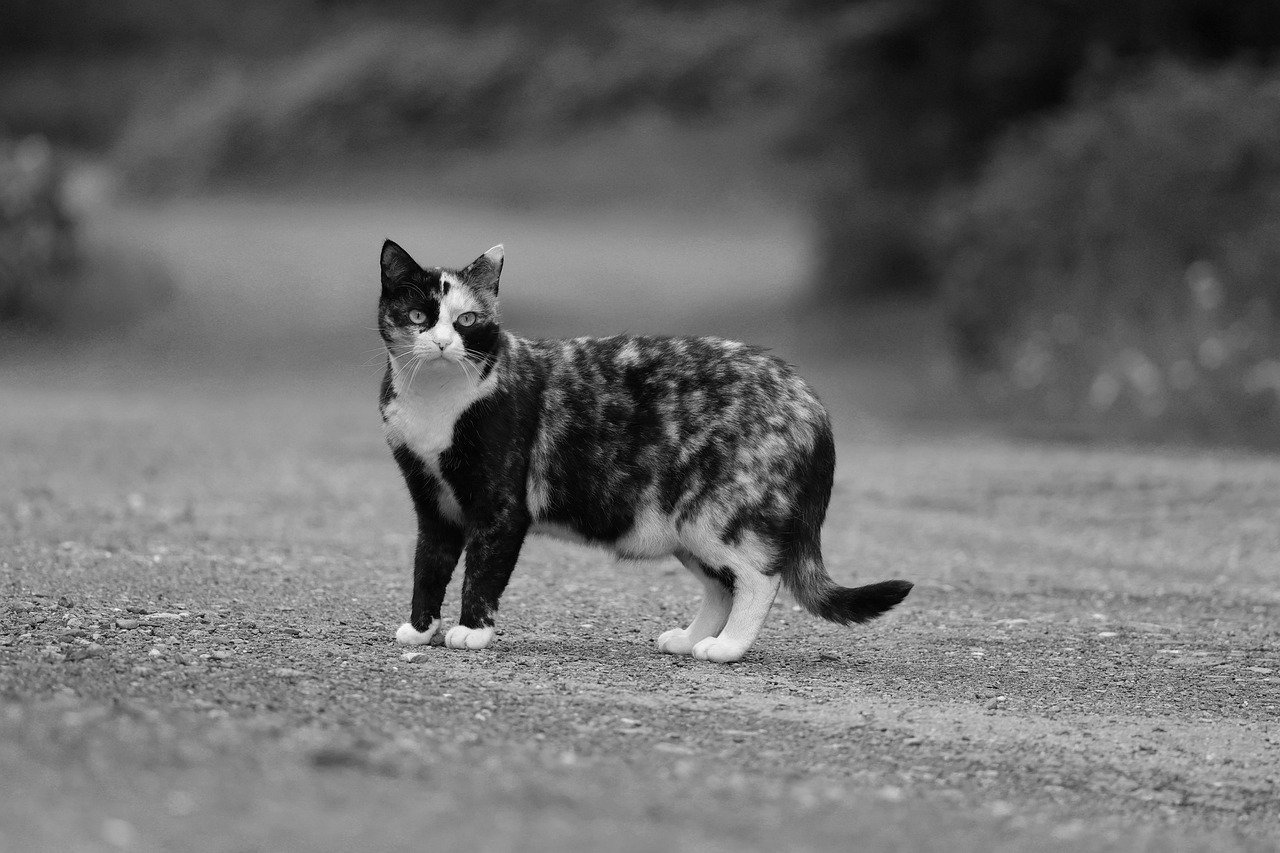
Sometimes, your cat’s affection is all about location. Cats are notorious heat-seekers, often choosing the sunniest patch of floor or the softest blanket. If your lap happens to be the warmest place in the room, don’t be surprised if your cat claims it. This doesn’t mean she doesn’t love you—it just means comfort is a priority right now. Notice if she curls up elsewhere when you’re not around; it might mean she’s simply following the warmth, not necessarily the person.
Purring: Love Song or Self-Soothing?
A cat’s purr can melt any heart, but its meaning isn’t always straightforward. While purring often signals happiness, it’s also a tool for self-soothing when a cat feels anxious or unwell. If your cat purrs loudly while snuggling close, she could be expressing affection or just enjoying a moment of peace. Watch for other clues, like kneading or slow blinking, to help you discern whether she’s seeking you or just comfort.
Kneading: A Sign of Affection or Habit?
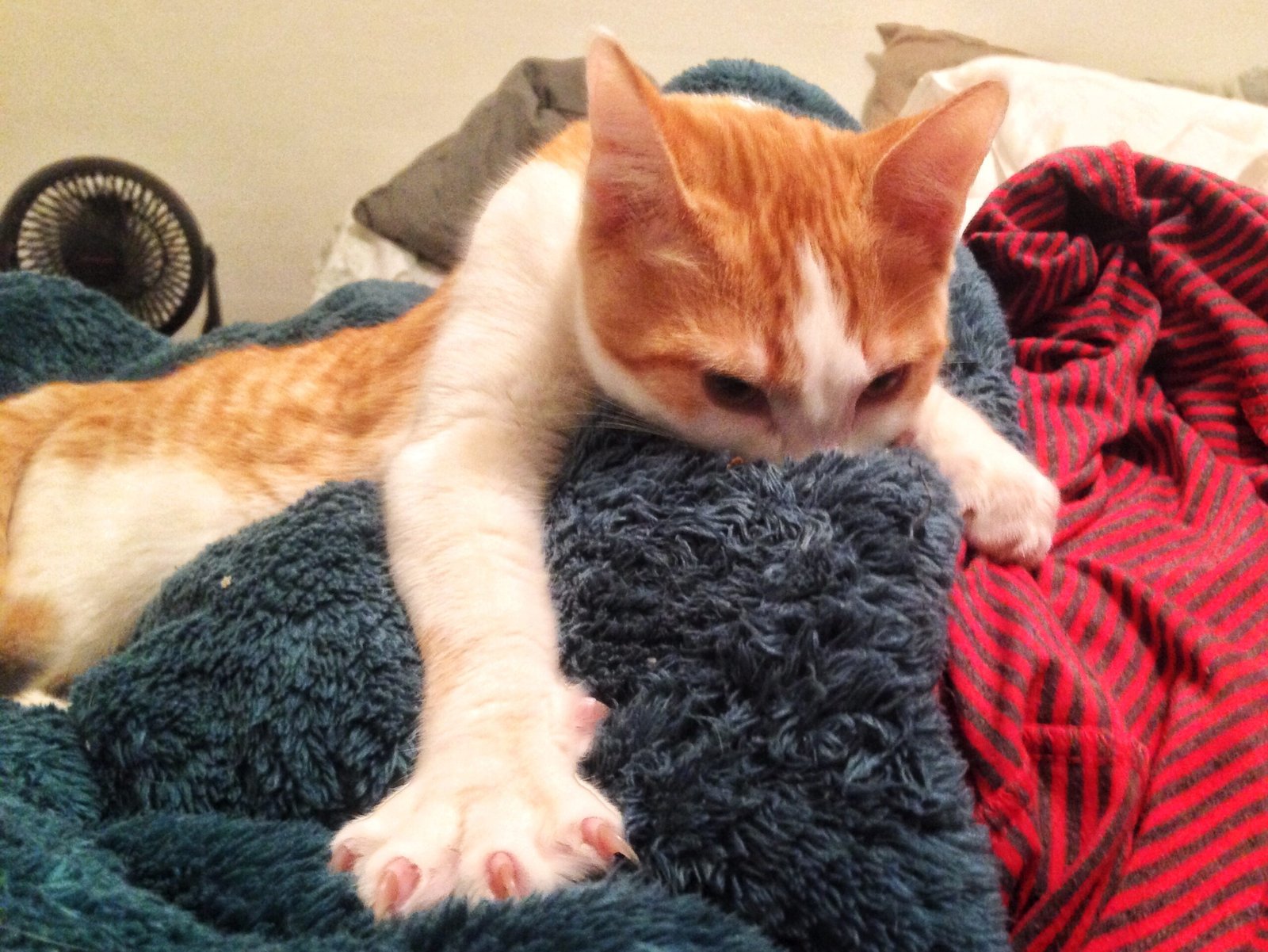
Kneading, where your cat presses her paws in and out on your lap or a blanket, often starts in kittenhood. This rhythmic motion is comforting and can signal that your cat feels safe and content. If she kneads you specifically, it’s usually a powerful sign of trust and closeness. But if she kneads any soft surface, she might be recreating that kitten-like sense of comfort, whether you’re part of it or not.
Seeking Physical Contact: Closeness or Convenience?
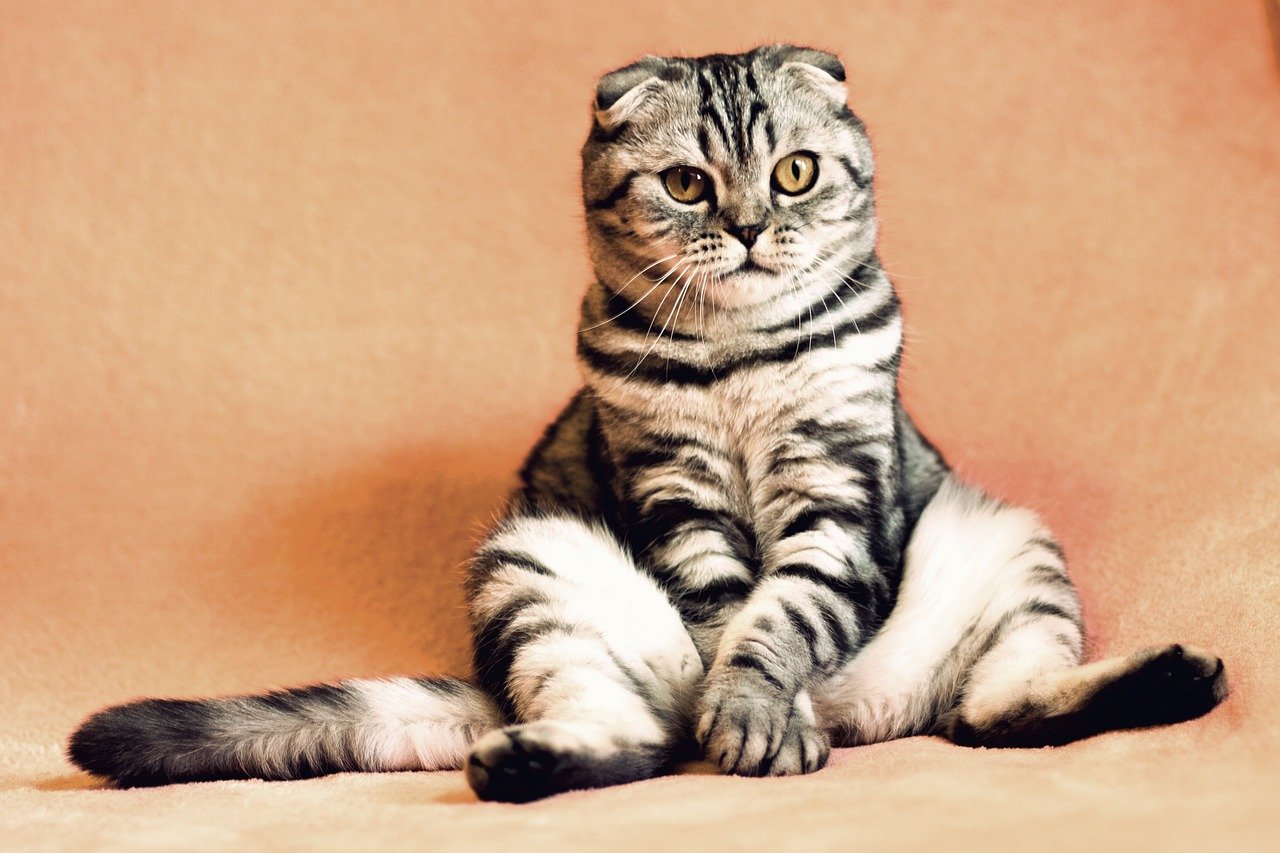
Does your cat always sit on you, or does she just take whatever spot is easiest? Cats that go out of their way to be near you—following you from room to room or meowing for your attention—are likely seeking true closeness. On the other hand, if she only joins you when you’re settled in a comfy chair, she may be motivated more by convenience than connection. Watch her habits to spot the difference.
Tail Language: What Is It Really Saying?
A cat’s tail is a billboard of emotion. If her tail is upright and quivering when she greets you, it’s a sign of excitement and affection. A relaxed tail that gently wraps around you is also a good sign she wants to connect. But a tail tucked close or flicking rapidly could mean she’s more interested in being left alone or simply enjoying the cozy spot you provide.
Slow Blinking: The Cat’s Kiss
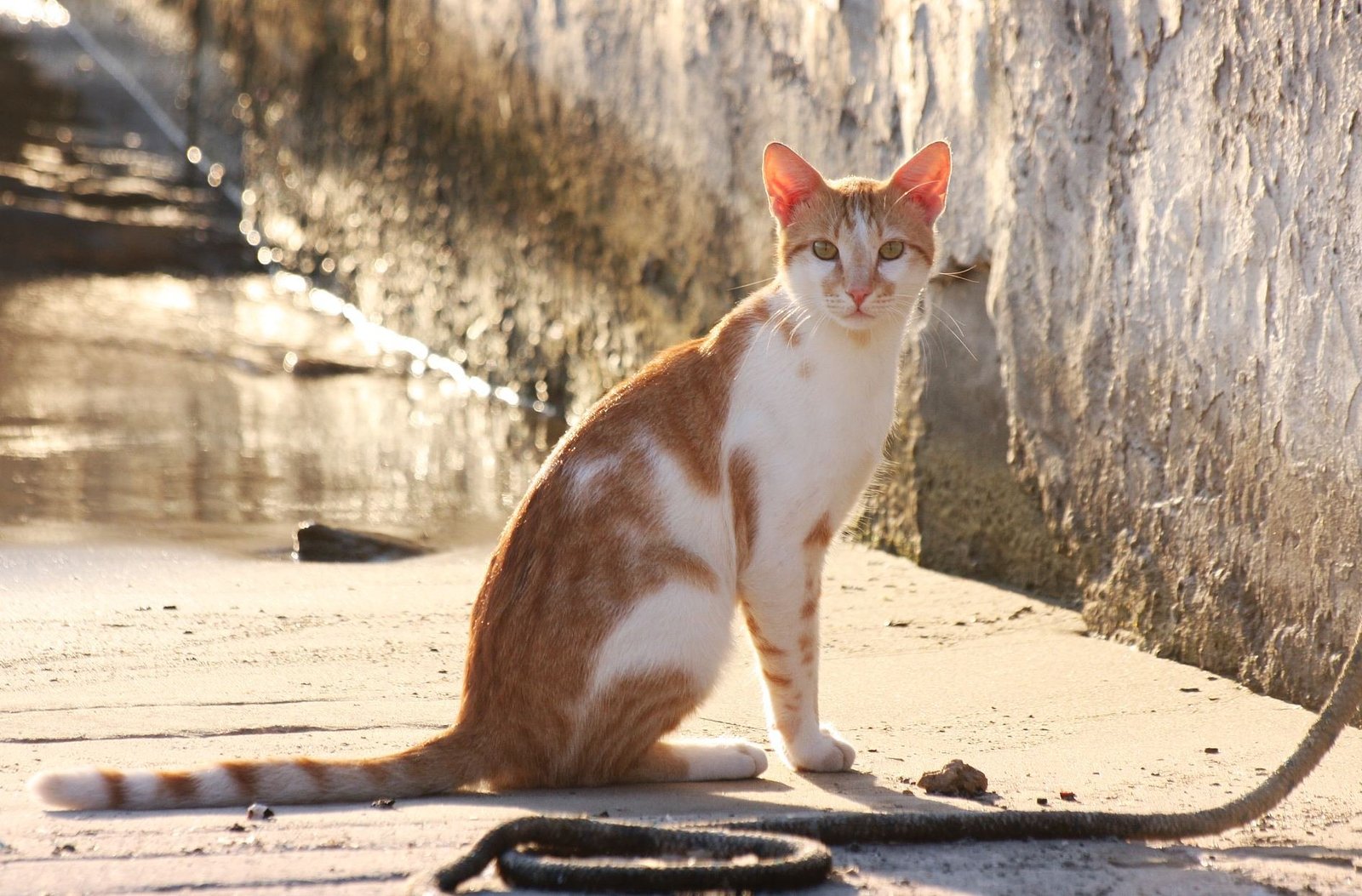
When your cat looks at you and slowly closes her eyes, she’s offering what many call a “cat kiss.” This gesture is a huge sign of trust and affection. If you return the slow blink, it deepens your bond, showing your cat that you feel safe with her too. This isn’t something cats do just to feel comfortable; it’s a genuine invitation to connect on an emotional level.
Sleeping Habits: Bonding or Just Rest?
Where your cat chooses to sleep can reveal a lot about her feelings. Cats often seek out their humans for naps, especially if they feel safe and loved. If she curls up on your bed or snuggles next to you at night, it’s a strong sign she wants closeness. However, if she prefers a quiet, hidden spot away from everyone, comfort and solitude may be her top priorities.
Vocalizations: Calling Out for You?

Some cats are chatty, while others are nearly silent. If your cat meows, chirps, or trills when you enter the room, she’s likely seeking your attention. These sounds are her way of starting a conversation. But if she’s quiet, it doesn’t necessarily mean she’s distant—some cats simply prefer to express themselves through touch or presence rather than voice.
Following You Around: Attachment or Curiosity?
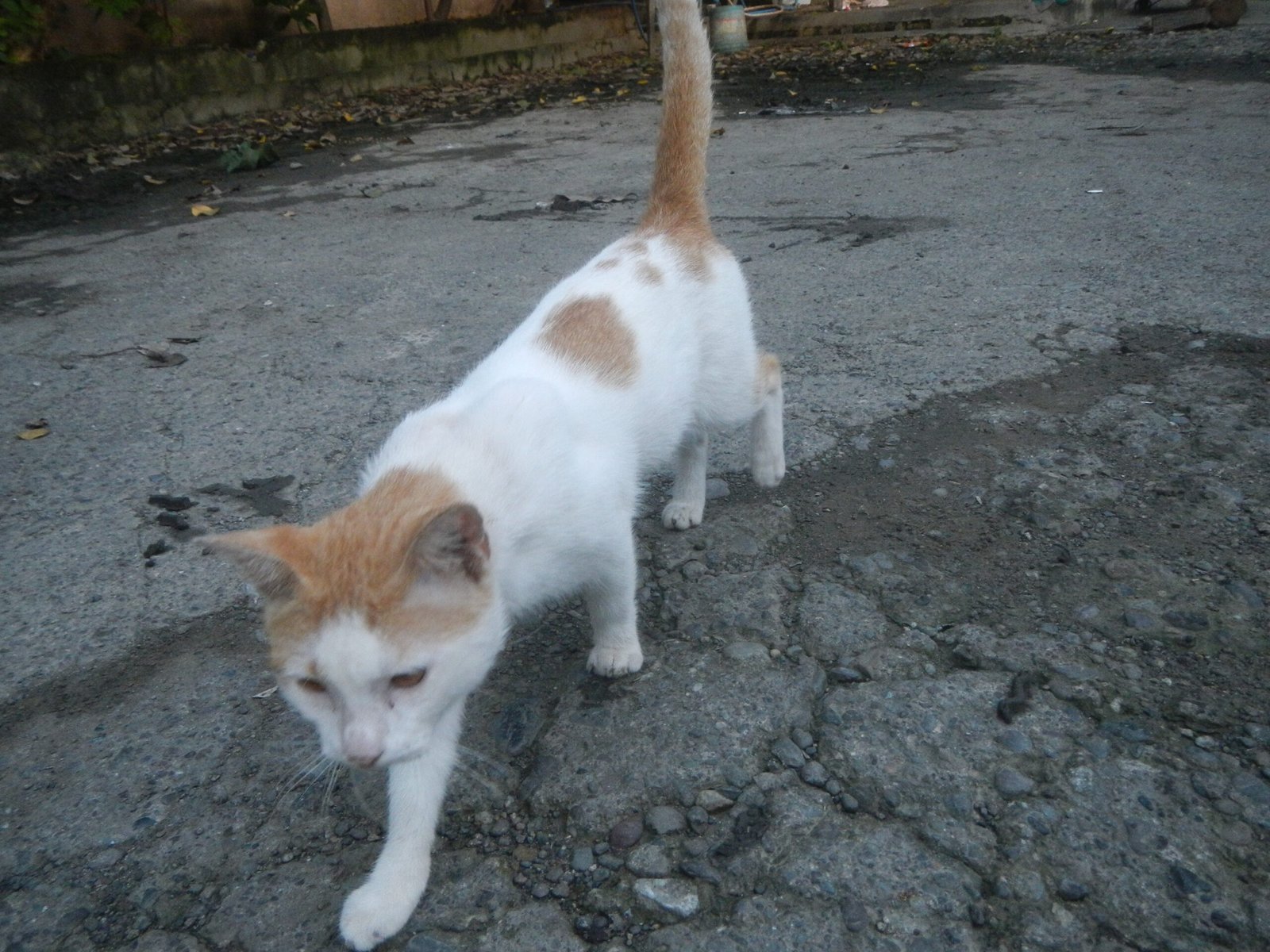
If your cat becomes your shadow, trailing you from room to room, she may be showing strong attachment. This behavior often indicates that she enjoys your company and wants to be part of your world. However, some cats follow their humans out of pure curiosity, wanting to know what’s going on or hoping for a treat. Look for signs of contentment—like relaxed posture and gentle purring—to see if it’s closeness she seeks.
Grooming You: Care or Comfort?
When a cat licks your hand or face, it’s a clear sign of affection. Grooming is a bonding behavior, often reserved for those she trusts most. If she grooms you frequently, she’s likely seeking a deeper connection. But sometimes, grooming can also help her feel relaxed, so it’s a bit of both—caring for you and comforting herself.
Head Butts and Nuzzles: True Signs of Love

A gentle head butt or nuzzle is one of the most direct ways your cat can show affection. This action transfers her scent to you, marking you as a part of her family. It’s a strong indicator that she’s seeking closeness, not just comfort. If your cat often greets you with a soft nudge, consider it her way of saying “I love you.”
Preference for Your Company Over Others
Does your cat seem to choose you over everyone else in the house? If she consistently seeks your lap, follows you, or curls up by your side when others are around, it’s a clear sign she values your bond above all. Cats who favor one person often form deep emotional connections, seeking out that individual not just for comfort, but for genuine closeness.
Changes in Behavior: Signals of Emotional Need
Sudden changes in your cat’s behavior can indicate emotional needs. If she becomes clingier or more withdrawn, she may be seeking additional comfort or closeness due to stress, illness, or changes in her environment. Pay attention to these shifts—they’re often a cry for more connection or reassurance that only you can provide.
How Your Cat Reacts to Your Mood
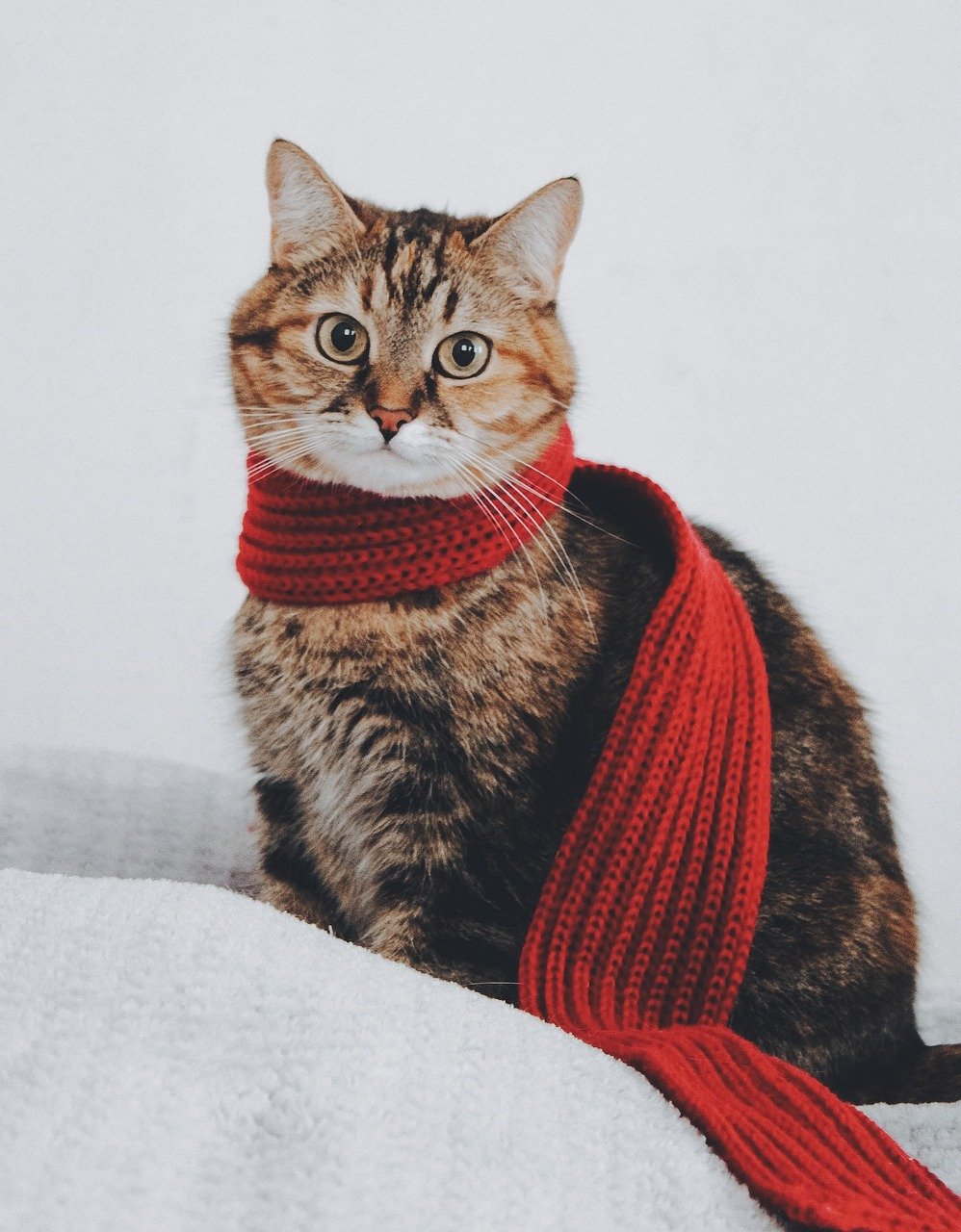
Cats are surprisingly empathetic creatures. If you’re feeling sad or stressed, your cat might come closer, offering comfort with her presence. Some cats mirror their owners’ emotions, seeking closeness when you need it most. This sensitivity is a sign of a deep bond, showing that your cat isn’t just seeking comfort for herself—she’s trying to comfort you, too.
Initiating Play: A Desire for Interaction
When your cat brings you a toy or initiates play, she’s inviting you to interact. This isn’t just about burning off energy; it’s a way to strengthen your relationship and enjoy each other’s company. Playfulness is often reserved for those your cat feels safe and connected with, making it a clear sign she wants more than just a comfy spot.
Body Language When Approaching You
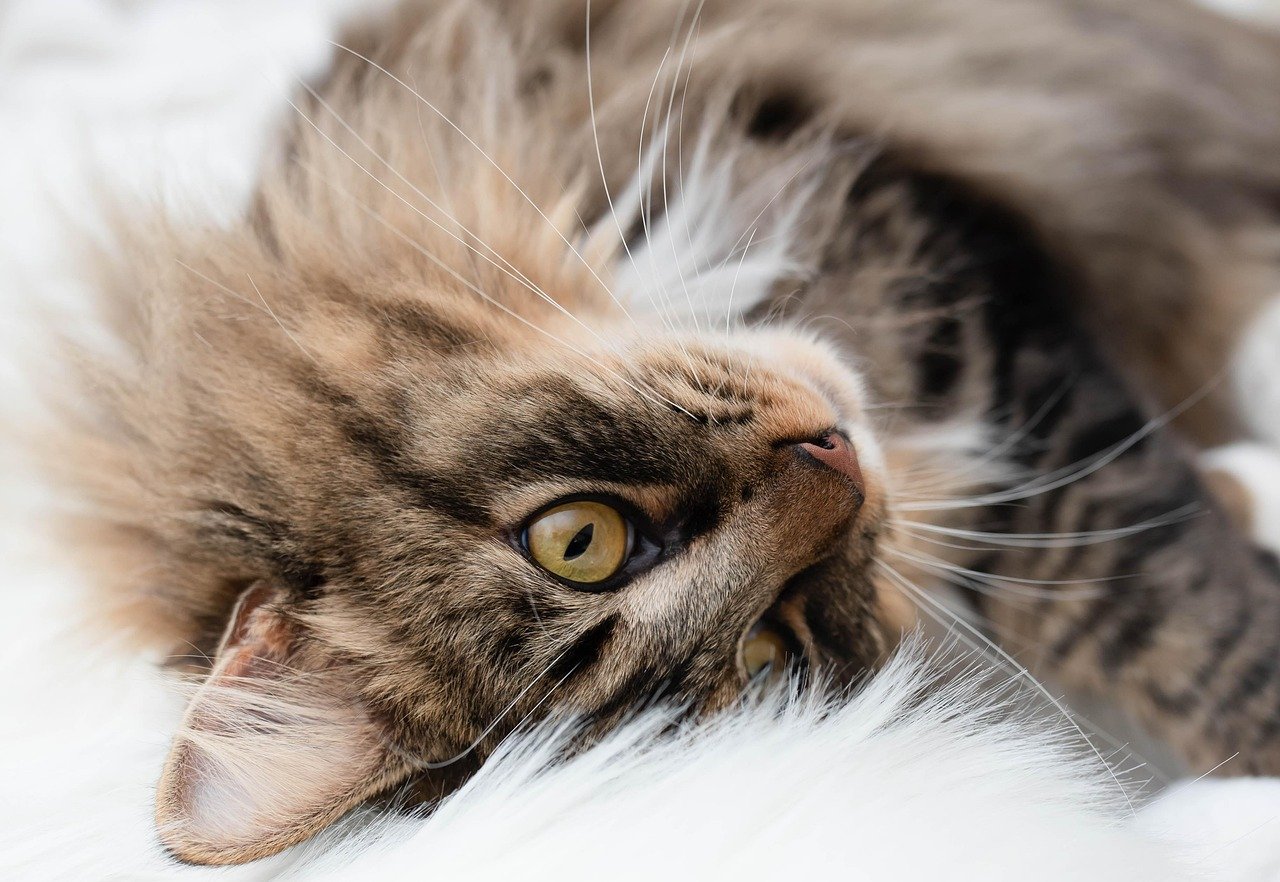
How your cat approaches you can reveal her intentions. A relaxed, confident walk with an upright tail suggests she’s happy to see you and wants to be close. If she slinks or moves cautiously, she may be more interested in a comfortable spot than a cuddle. Watch her ears, whiskers, and posture for subtle clues about what she’s seeking.
Response to Your Touch: Enjoyment or Tolerance?
Not all cats love being petted, but if yours leans into your hand, purrs, or stays close during petting, she’s clearly enjoying your touch. If she stiffens, flattens her ears, or moves away quickly, she may be tolerating your affection for the sake of comfort—like a soft blanket—rather than seeking closeness. Respect her boundaries to build trust and deepen your bond.
Scent Marking: A Sign of Belonging
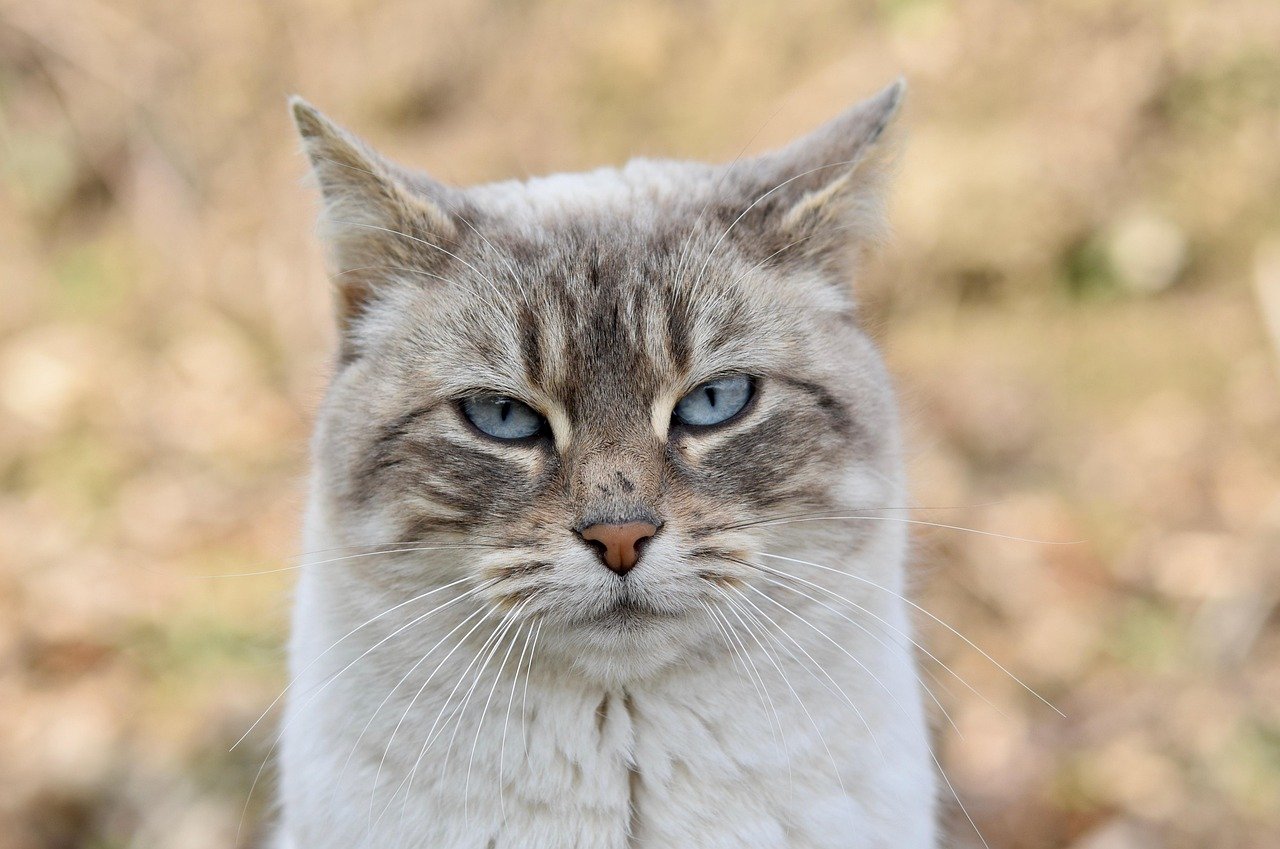
Cats have scent glands in their cheeks, paws, and flanks. When your cat rubs against you or your belongings, she’s marking you with her scent, claiming you as part of her territory. This behavior is not just about comfort—it’s an intimate way of saying, “You belong to me.” Scent marking is a powerful sign that your cat wants to be close to you in a meaningful way.
Frequency and Timing of Affection
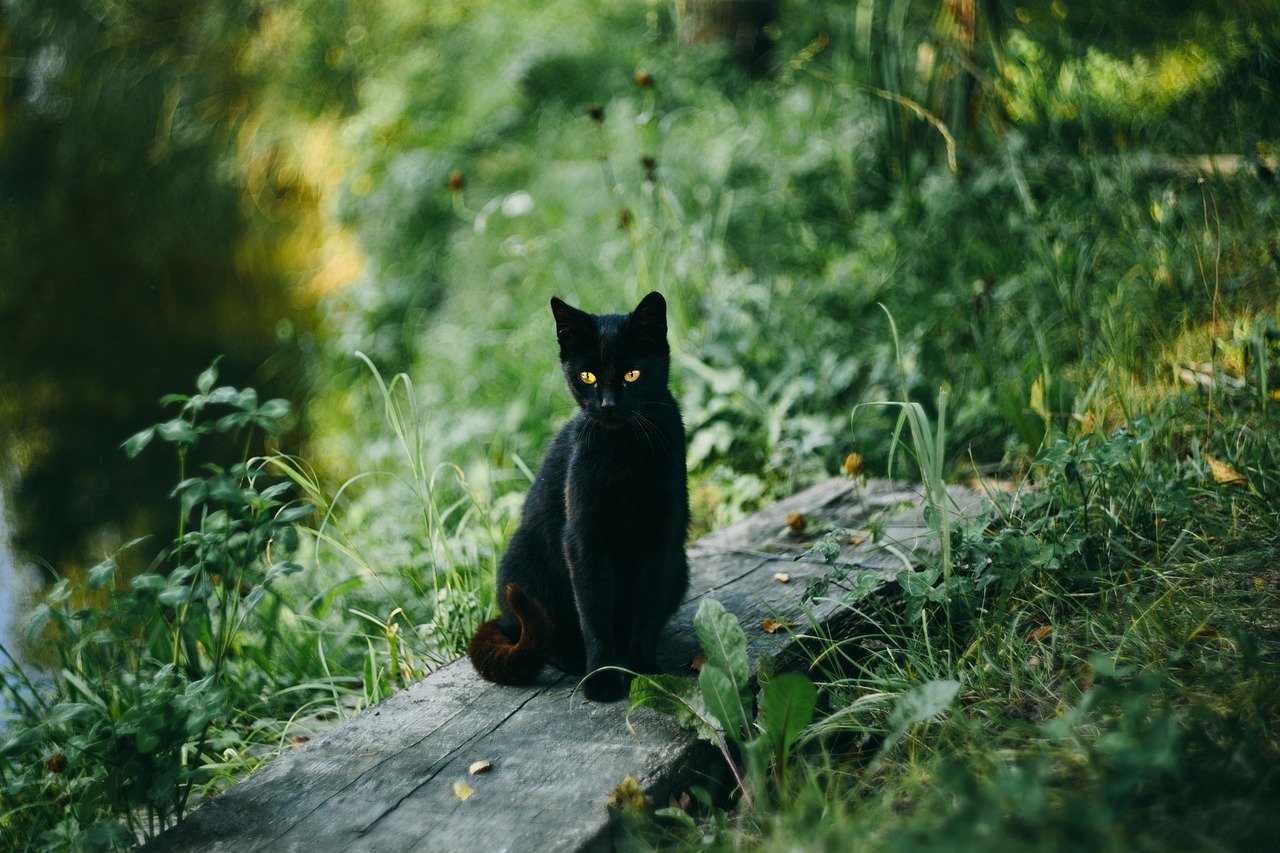
Take note of when and how often your cat seeks affection. Does she come to you during quiet moments, or only when she’s hungry or cold? Frequent, random displays of affection—regardless of time or circumstance—often point to a need for closeness. Occasional cuddles at convenient times may indicate she’s simply seeking comfort when it suits her.
How She Greets You After Time Apart
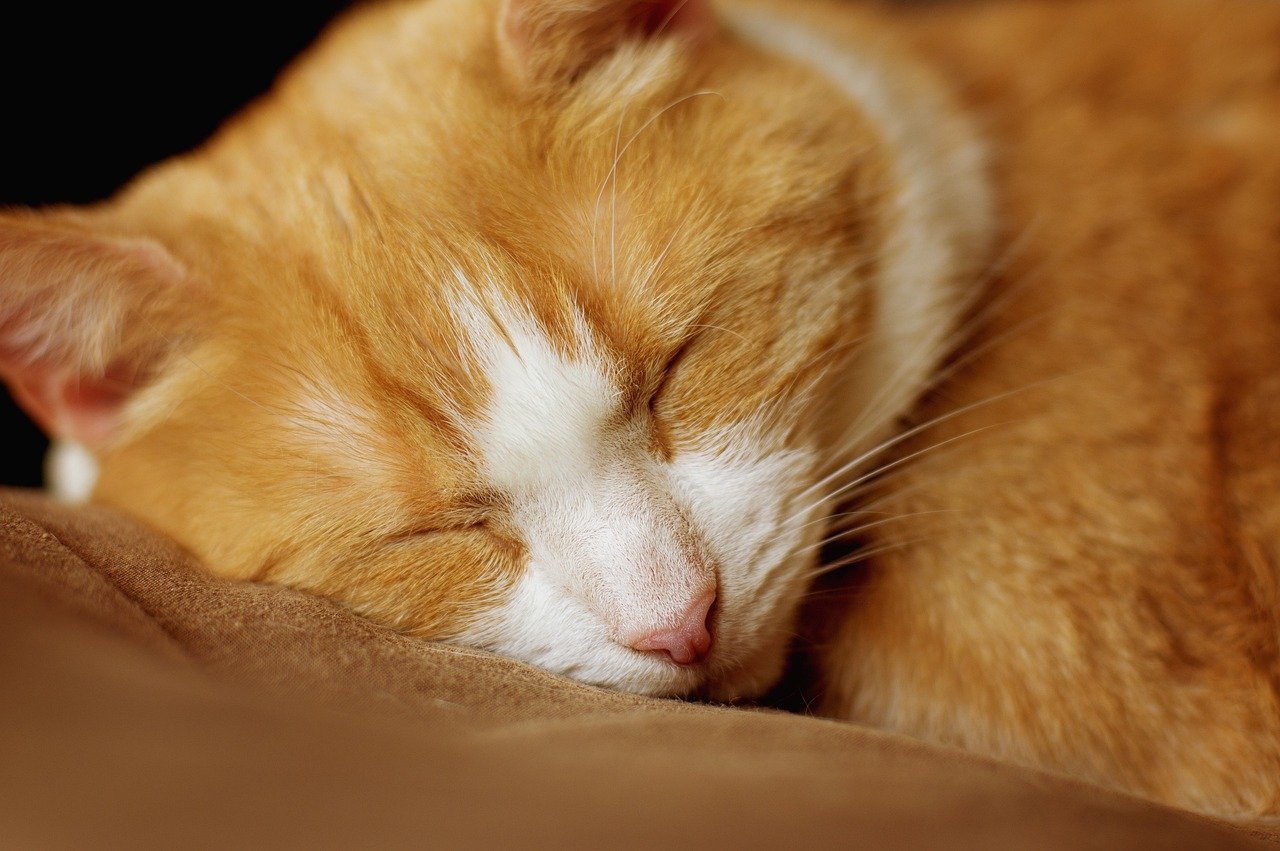
The way your cat greets you after you’ve been gone can say a lot about her feelings. If she runs to the door, meows excitedly, or immediately seeks your lap, she’s likely missed your presence and wants closeness. If she acts indifferent or only approaches you after a while, she might be content with her own company, turning to you primarily for comfort when she feels like it.
Hi, I’m Bola, a passionate writer and creative strategist with a knack for crafting compelling content that educates, inspires, and connects. Over the years, I’ve honed my skills across various writing fields, including content creation, copywriting, online course development, and video scriptwriting.
When I’m not at my desk, you’ll find me exploring new ideas, reading books, or brainstorming creative ways to solve challenges. I believe that words have the power to transform, and I’m here to help you leverage that power for success.
Thanks for stopping by, Keep coming to this website to checkout new articles form me. You’d always love it!






